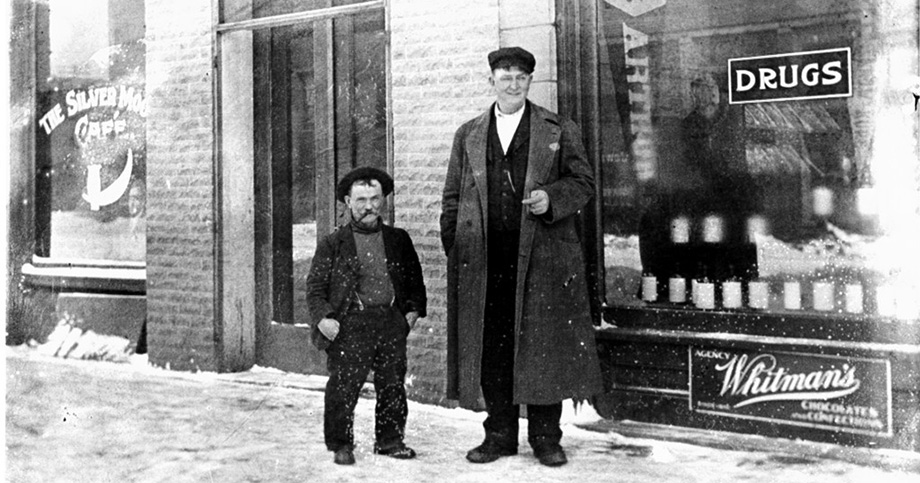In ancient times, the Cannabis plant was used in several different areas around the world. Several documents were found where medicinal and mental usage was described in the history of the Asurian empire as well as in far eastern areas of the world.
It was called different names such as Gan-Zi-Gun-Nu – ‘the drug that takes away the mind’, Azallu – ‘hand of a ghost’, ‘poison of all limbs’ and ‘Qunnabu’ which was used in religious rites.
In 6,000 B.C, Cannabis Sativa was first described by Pen Tsao Ching, in the world’s oldest pharmacopeia.
In 2727 B.C, hemp was used by the Chinese Emperor Shen-Nung as a medicinal agent to treat pain & skin inflammation.
Cannabis was already known at that time to have a wide range of uses. The plant was a highly nutritious food source. Besides its nutritional values, the hemp fibers were woven into ropes, cloth, and even bowstrings which were used for warfare. Milled hemp was used as paper because it was cheaper to produce, and lighter to use than parchment. Its health benefits included an anesthetic, anti-inflammatory, analgesic, anti-epileptic, and anti-anxiety during childbirth, for menstrual pain, and for a multitude of other ailments.
In the early 1500s, in England, King Henry allowed hemp to be cultivated due to the fact it was an inexpensive and excellent raw material for clothing & building materials.
In 1616 the Europeans exported hemp to North America. Hemp was mandated to be farmed for construction, oils, cloth, medicinal purposes, and to be used for food.
In colonial America, George Washington devoted 1/3 of his estate at Mount Vernon for Cannabis growing. As hemp was used as a basic material for paper, the first draft of the Declaration of Independence was written on hemp paper. Cannabis, back then, could be found growing wild everywhere in the United States.
From 1850 – 1937, cannabis was used as a formal medicinal agent for dozens of physical and mental conditions, as per the U.S. Pharmacopoeia at the time.
In 1859, in the “Archives of Internal Medicine”, J. Russel Reynolds described Cannabis as a useful treatment, “For the relief of certain types of pain, I believe there is no more useful medicine than cannabis within our reach.”
From 1910 until 1930 the Bureau of Immigration recorded the entry of 590,765 Mexicans into the United States, with an unknown number of immigrants crossing the border. The Mexicans introduced the recreational use of cannabis into the US.
With the advent of the depression in 1929 and mass unemployment, as part of mass propaganda against Mexican immigrants who were working as seasonal workers in farms led to the criminalization of the cannabis plant, and renamed it “Marijuana”. The Federal Bureau of Narcotics then undertook efforts to eradicate the cultivation and use of all forms of cannabis in the United States.
This pushed large pharmaceutical companies to introduce medicinal substitutes, such as opioids.
Scientific research continued investigating the Cannabis plant, in very difficult conditions, as it was still illegal. Several cannabinoids were identified, isolated and studied. The major discoveries were:
- 1963, Raphael Mechoulam and Youval Shvo isolated Cannabidiol (CBD) the non-psychoactive component of the cannabis plant.
- 1964, Raphael Mechoulam and Yechiel Gaoni isolated Δ9-tetrahydrocannabinol (THC), the psychoactive component of the cannabis plant.
About Cannabis GxP consultancy
Cannabis GXP is proud to stand at the forefront of the Cannabis industry in Israel and worldwide thanks to many years of experience in these areas.
Our team is compelled to spread the message of the importance of cannabis science, regulation and standardization as the world enters a new era of cannabis legislation.
We aim to position our clients with their best foot forward when it comes to anything and everything cannabis related.
Our vast expertise allows us to assist companies in a wide range of services and needs: Anything from Cannabis R&D, growing and manufacturing, new products development, facility design, technology, Quality Assurance, Good Practices (GAP/GMP/GLP/GDP/GCP), staff training, local and global regulations.
Cannabis GxP is a subsidiary company of Bio-Chem Ltd. (2007), a consultancy firm for the Pharmaceutical field, medical devices, Cosmetics and food supplements industry based in Israel.
Our cannabis consultancy services include:
If you need one or several of our services, we will be more than happy to assist.
Please do not hesitate to contact us for further information.
